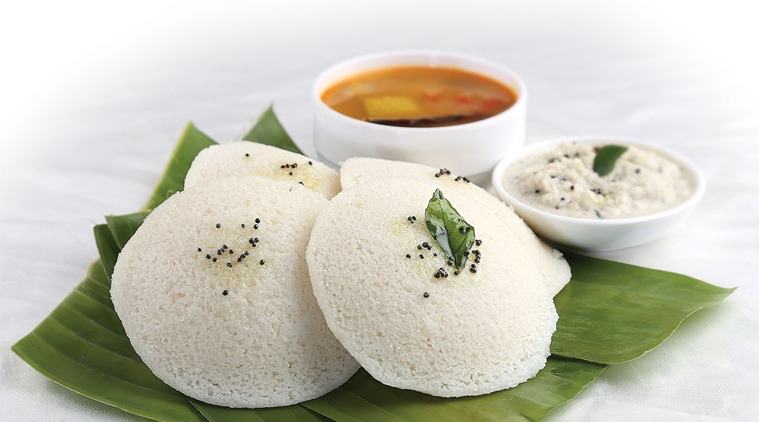 Just like dosa, idli has many variations. (Source: getty images/file)
Just like dosa, idli has many variations. (Source: getty images/file)Shashi Tharoor recently wrote on Twitter, “…the taste and refinement to appreciate idlis…is not given to every mortal.” Tharoor’s tweet came amid the debate among netizens on idli, after a British professor called them “the most boring things in the world”.
Even Kamala Harris, whose maternal home was in Tamil Nadu, is known to have a special connection with idli. “Growing up, my mother would take my sister Maya and me back to what was then called Madras…and of course, she always wanted to instill in us, a love of good idli,” she was quoted as saying by PTI.
Whether one likes idlis or not is a personal choice but before engaging in the hullabaloo, let us briefly take a look at the history of this South Indian staple.
Food historian Kurush Dalal told indianexpress.com, “The South has not been cultivating rice for more than 3000 years. So idli cannot de facto be more than 3000 years old. And when we actually started fermenting rice batter and steaming it the next day is another factor.”
Scholars have come up with various theories about the origin of idli. Food historian KT Achaya, for instance, argued that idlis could have come to India around 800-1200 CE from present-day Indonesia while being ruled by Hindu Kings belonging to Shailendra, Isyana and Sanjaya dynasties, mentions livehistoryindia.com in an article. Another food historian Lizzie Collingham claimed they were brought to South India by Arab traders who married and settled there. They insisted on halaal food and opted for rice balls as a safe option, slightly flattened and eaten with bland coconut gravy.
The process of mixing urad dal and rice grains and fermenting the batter, however, was a later innovation.
Read | Want to make perfect, fluffy idlis? Keep these tips in mind
Idli has many variations, just like dosa. Essentially, any rice batter that is fermented and is steamed, irrespective of what goes into it, is idli, Dalal stated. “There are idlis that are wrapped in leaves and made and are perhaps some of the oldest idlis; the aluminium trays in which we make idlis is a very modern concept. Originally, idlis would have been made by suspending them over a lattice made of twigs and placed on top of a pot, or may have been steamed on large bamboos and various other containers that could have been used for steaming,” he said.
On Twitterati debating over whether idlis are tasty or not, he further said, “Idli was basically the staple carbohydrate fix, it was not meant to be tasty. What was tasty was what idli was served with. Then idli would have things like veggies added to it. You can go to an eatery and have various kinds of idlis from the permutations and combinations.”
In the end, it is all about following the “eat and let eat” policy, urged Dalal. “I know people who cannot stand chapatis, doesn’t mean chapatis are bad,” he expressed.
How do you make idli? Besides the regular rice idlis, here is a healthy ragi idli recipe; you can also try oats idli or suji idli.
For more lifestyle news, follow us: Twitter: lifestyle_ie | Facebook: IE Lifestyle | Instagram: ie_lifestyle
📣 The Indian Express is now on Telegram. Click here to join our channel (@indianexpress) and stay updated with the latest headlines
For all the latest Lifestyle News, download Indian Express App.